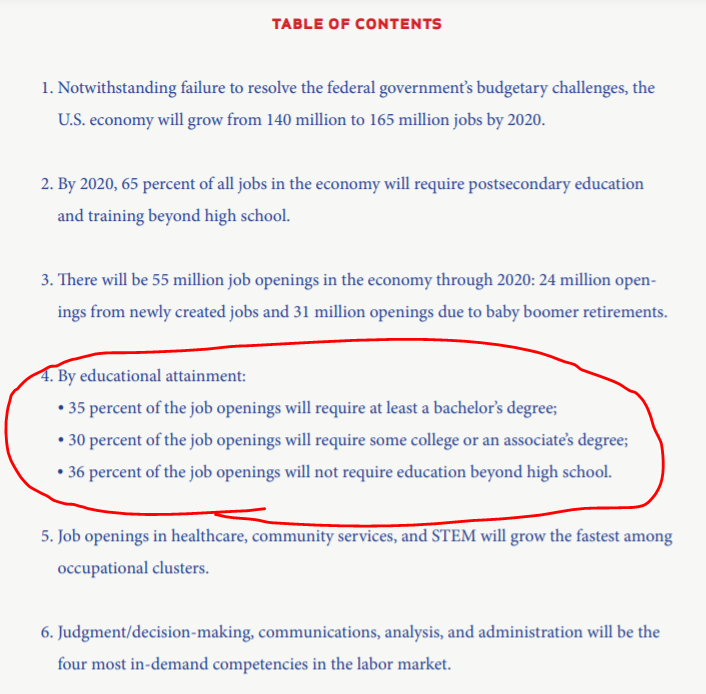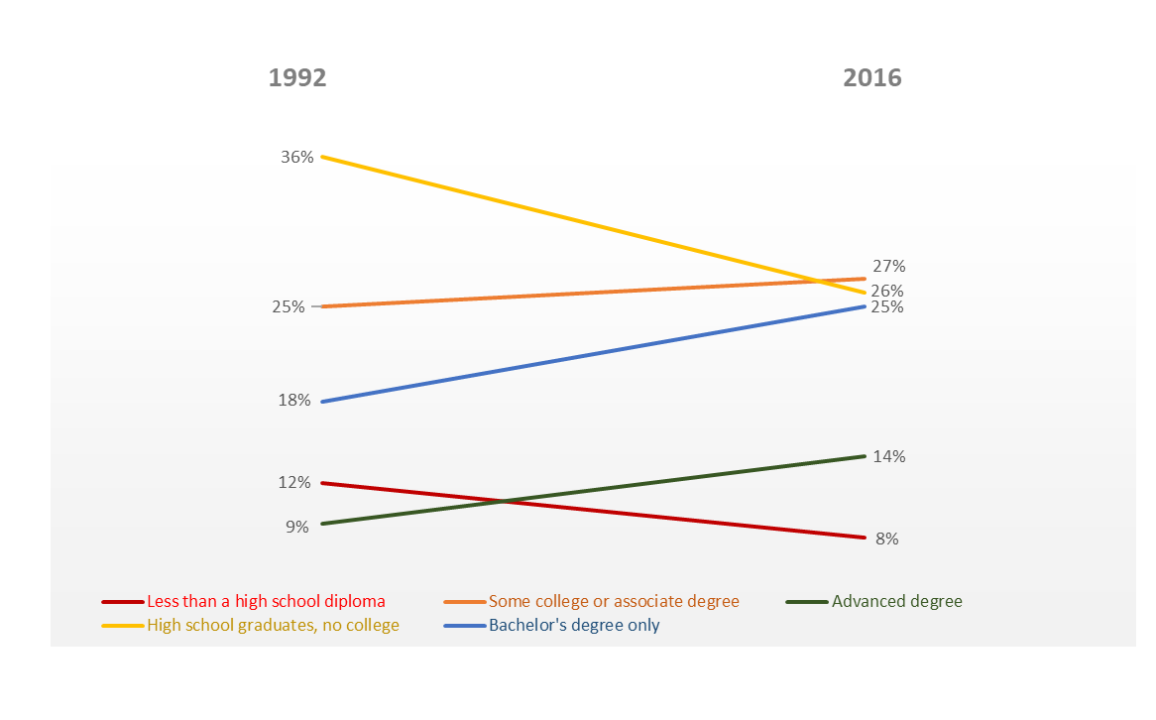We understand how hard it is to get rejected from every college. Whether you were applying for undergrad, med school, law school, or any other program, it always hurts to know the countless all-nighters and studying amounted to nothing.
We’re going to preface this guide with a little bit of wisdom. This is NOT just feel-good advice meant to sparkle empty platitudes on you. We’re not trying to butter you up with useless quotes. This advice is just us trying to be as honest as possible.
If you were rejected from every college, it’s not the end of the world. However, you KNOW that getting rejected from every college will still put you at a disadvantage from the rest. Although you may not have had the qualifications to get accepted, there is also a major randomness factor that comes into play. Here at PenningPapers, we speak with students who range from the 75th-99th percentile of students who were still rejected from every college they applied to. So, you should not beat yourself up too much! With that said, let’s cover just how great a disadvantage you may have if you do not earn a degree.

If you’re not accepted into any university or college at all, and you have no plans for attaining an associate’s degree, you will be rejected from roughly 64% of job opportunities. This doesn’t mean you MUST be educated to receive a good career. There are still opportunities –albeit less lucrative– out there for people without a degree.
Here’s a disclaimer. The reality of the job market is that our society is becoming more complex. The more complex in science and technology our society becomes, the more simple and rote careers will become obsolete. This means that careers requiring more complex degrees will increase, but careers that don’t require degrees will decrease.
Here’s a source charting exactly that.
Notice how having a degree doesn’t guarantee a higher chance of getting a good career? Degree holders made up a small percent of the workforce, but they increased just slightly. However, those without a degree made up a significantly smaller part of the workforce over time. Think of this like the Matthew principle, except a bit more nasty: to those who have everything, they’ll only receive a small advantage; to those who have nothing, they will be smitten to the dirt.
So, what does all this insinuate?
Long story short: you’re not completely screwed. However, you should do everything you can to pursue some form of education still WHILST generating a sustainable and reasonable income.
We’ll show you how to do exactly that below.
Table of Contents:
- Set a Realistic Sustainability Structure
- Set Realistic Goals
- Make an Alt-Blueprint
1. Set a Realistic “Sustainability Structure”
Okay, so there’s a reason we put this as the first thing you should do.
Essentially, the goal of this step is to ensure you don’t fall for the worst of the worst traps: hitting the “rock bottom” of career paths. Essentially, this is what happens when people get rejected from every college, then they sit around feeling lost and doing nothing. What this leads to is people wasting both time and money by applying to schools they know they can’t get accepted into or not putting their egos down to get a normal job.
While you gather your thoughts and sort out the fact that you’ve been rejected from every school, you need some form of income that will sustain you throughout. Family help doesn’t count. They can help you a little bit, but by the time you’re in college, you’ll need to have some level of income to sustain yourself and not have your parents help you.
This is what we call a sustainability structure. It is an income source or temporary career you can pursue whilst you reconfigure your education. It sustains you temporarily whilst giving you a structure to follow, so you’re not just zeroed in on your education.
This may come in the form of an internship, a part-time job, or a side hustle.
What we recommend most to people is getting into a side project. It helps people monetize their time whilst they reconfigure their time and figure out what they want to do in the future. Ideas such as online marketing and affiliate marketing are wonderful ideas to pursue, and they can also serve as advantages when you apply once again for college admissions. They can help you beef up your resume prior to applying for school once again.
2. Set Realistic Goals
If you’ve been rejected from every college, you’ll need to reorient both your strengths and your proper expectations. It is often the case that many callers who contact us here at PenningPapers were rejected for either of the two reasons.
Sometimes our clients applied for competitive programs that were far beyond their capabilities. For instance, they applied for a highly competitive major such as computer science at UC Berkeley without applying for backup schools.
On the other hand, sometimes our callers could not get accepted into any of their applied colleges because they simply didn’t have the needed GPA and academic background to prove they could succeed in a university setting. Here’s an example that we often come across. Students underperformed during Covid or at least during one significant span of time in their academic career. It is enough to drag their scores to the middle/lower percentile. With how competitive admissions can be in the modern-day –and how it gets more competitive with every passing year– there is little that an applicant can do to increase their chances.
Thus, if you have either low scores or unrealistic expectations, consider where you truly stand in the admissions process. How competitive are you compared to the average applicant EXACTLY? Then, set realistic goals to meet that.
Now, this can be quite difficult. You’ll hear mixed signals from people talking about what gets people accepted and what doesn’t there are a plethora of factors that can come into play. Here are but a few.
- GPA
- Test Scores (SAT,ACT,GMAT,MCAT,LSAT,etc)
- Major
- Awards/Noteable Mentions
- Sports
- Retention Rate
- Personal Statement/Statement of Intent
- Affirmative Action
3. Make an Alt-Blueprint
This one works alongside our first point.
You want to make an alternative blueprint, or what we can an Alt-Blueprint. An alt-blueprint is what you create when you realize that what you’ve been aiming for was not quite as well-oriented as you originally thought. Maybe you thought medical school would be right for you, but you were rejected from every school. Perhaps you had ambitions of applying for a prestigious T20 school, but you were rejected from every college due to both poor grades and bad luck. Whatever the reason, you should still have a plan for what education you should continue pursuing.
Maybe it means attending community college for 2 years before transferring to your dream college. Perhaps you’ll try again in another admissions season and expand your radius of possible schools.
Whatever the alt-blueprint for your future education is, use the advice from #2 on setting realistic goals to help you map out a proper alt-blueprint.
Combine this with our first point about having a sustainability structure, and you will temporarily figure out the income part of the equation. Okay, so what should this look like? Here’s an example of this in action.
Example action plan for those who were rejected from every college
- Sustainability Structure: I don’t need a full time job right now. However, I need some form of sustainable part-time income or at least some form of career development moving me upwards. It can make me money, or not. It just needs to guarentee that it spirals me upwards in some manner career-wise. Thus, I will pursue a low-barrier career choice such as content marketing, as the reliability of the Google algorithm will ensure I have a sustainable foundation to place my career on. I may not make money until 6-12 months; however, I will still have developed a career skill that can still employ me in the future if education does not work for me.
- Setting realistic goals: I can’t just be a tradesman. I need some level of education to ensure I increase my future income and increase my chances of retaining a job. Since I had a 3.6 GPA, I will apply for as many state schools as possible within my state. I will then apply for at least 5 reach schools with an acceptance rate ranging from 15%-35%. During this time, I will use my work experience learning about online marketing to improve my resume and update my college application with real-world experience.
- Make an alt-blueprint: I have a plan to attend the best school I can get my hands on. With whatever I receive, I will use that to aim soley on a career that fits my realistic goals. for the first year, I will achieve “x”. For the second, “y”. By the time I graduate, I should have received “z”. If I mess up or could not reach any of these, I will do “1”, “2”, and “3”.
If you were rejected from every college, I would heavily advise speaking with an advisor. Here at PenningPapers, we’ve helped students reorient themselves to either get accepted to their dream schools or get them fitted with the right advice on moving on. Schedule a free consultation with us. We will get back to you in 24 hours with a free post-rejection letter plan and blueprint to help fit you with the right plan!


